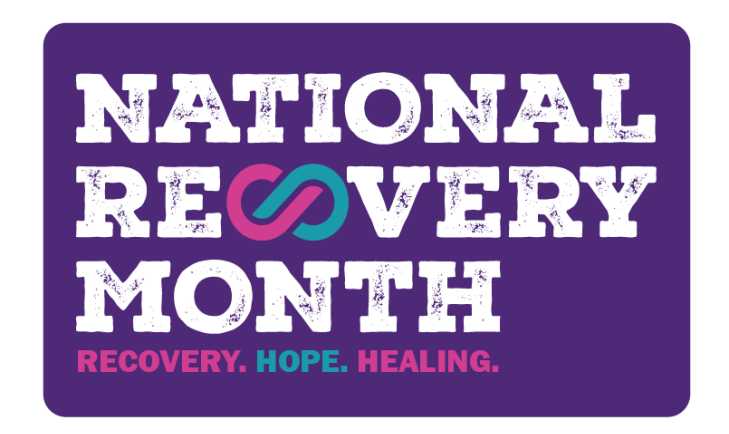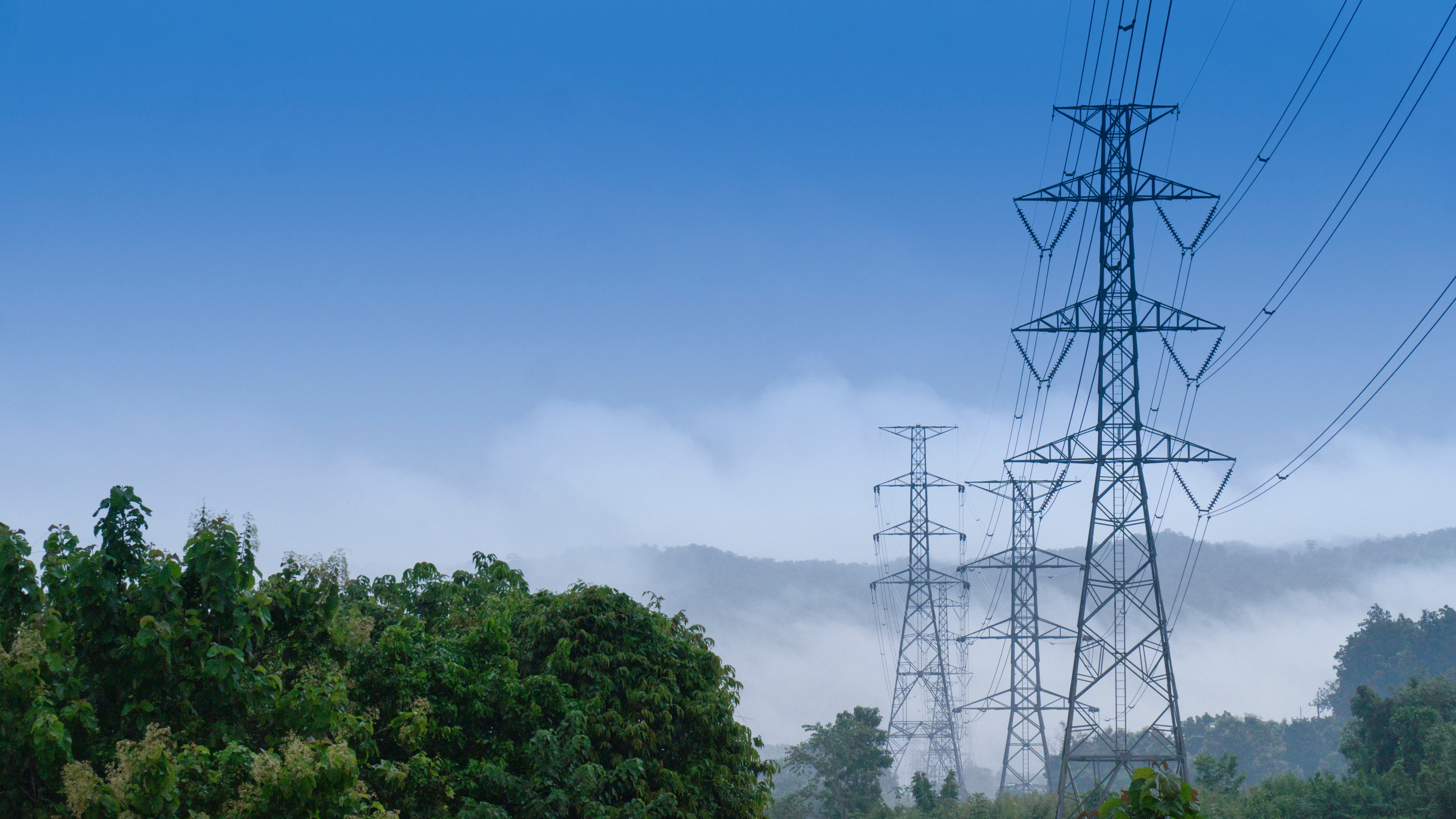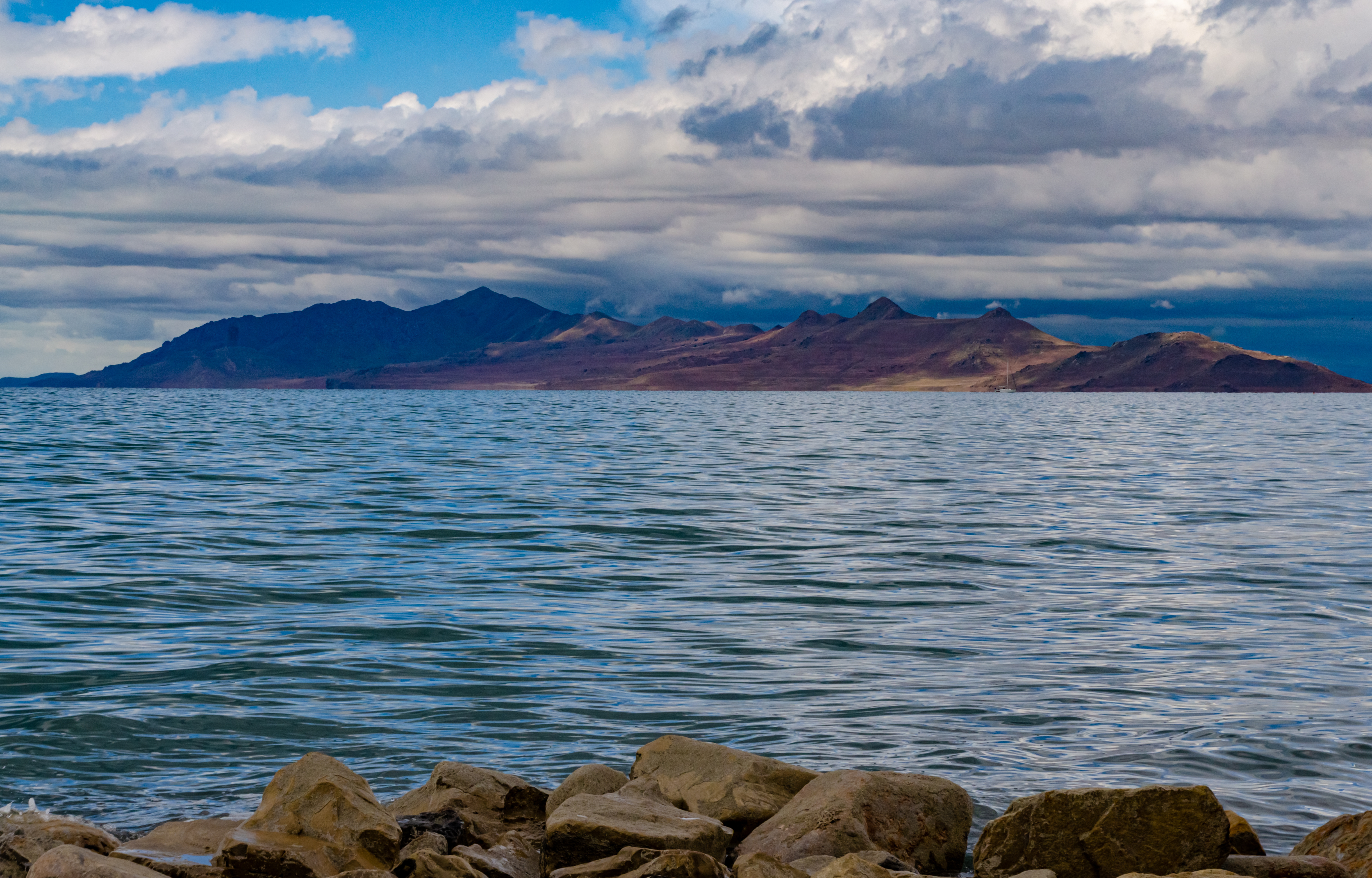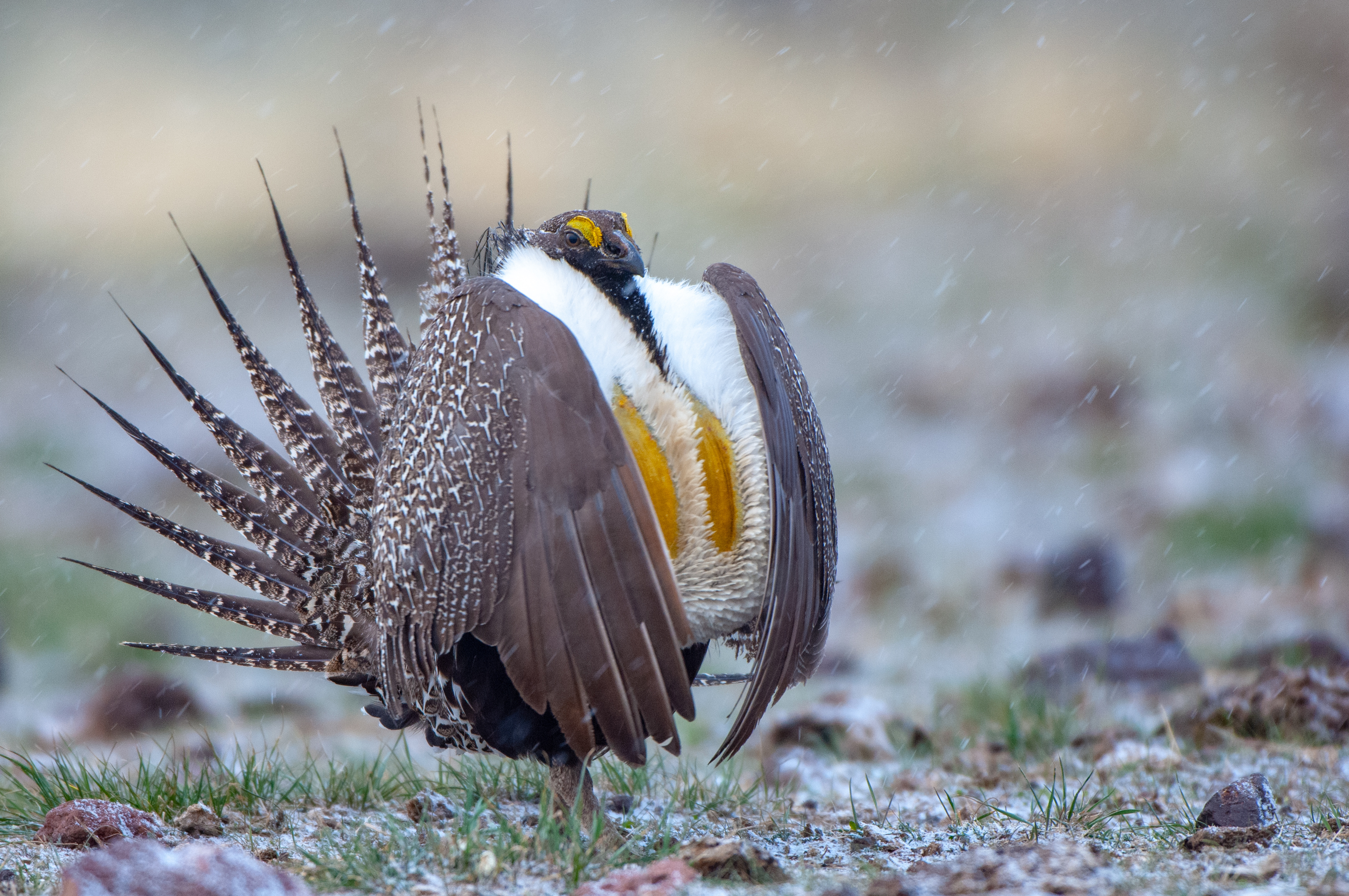09/05/24
Best of the West: National Recovery Month; rural energy projects; air quality in schools; Great Salt Lake; hiring teachers; and rebuilding sage grouse habitat

The Western Governors' Association keeps you updated on the latest news in the West. Here are the top stories for the week starting September 5, 2024. (Photos courtesy of Adobe Stock Images and SAMHSA)
September is National Recovery Month, and Governors in the West are fighting back against the widespread opioid crisis and championing efforts to support robust mental health care for the region.
Since 2000, overdose deaths in the United States have multiplied nearly six times over, growing from 17,500 to 106,000 deaths per year in just over two decades. The vast majority of overdose deaths involve some form of opioids, with fentanyl becoming a leading cause of overdose deaths in recent years.
In response to the growing crisis, Western Governors approved a new policy resolution to address the opioid crisis in western states at WGA’s 2023 Winter Meeting in Jackson Hole, Wyoming.
In the resolution, the Governors call for more robust federal support to address the causes and long-term prevention of substance use disorders (SUD), along with adequate treatment for behavioral health challenges and more effective education and awareness campaigns, particularly for young people experimenting with opioids.
The resolution also pushes to stem the supply of illicit drugs and limit the inappropriate and nonmedical use of prescription opioids, among many other policy recommendations. Read the resolution in full for more detail on the Governors’ policy statements.
In their respective states, Western Governors are tackling the opioid crisis and behavioral health challenges with a number of strategies.
In New Mexico, Governor Michelle Lujan Grisham declared a Public Health Emergency over illicit drug abuse, and a similar move was made by Oregon Governor Tina Kotek when she declared a State of Emergency earlier this year.
New Mexico has set up an online Opioid Hub to address the crisis by expanding access to treatment and reducing overdose-related deaths through prevention, treatment, and recovery services for Opioid Use Disorders. The state has also made grants available to expand treatment options and provide training and technical assistance to providers.
In neighboring Arizona, Governor Katie Hobbs’ Office of Youth, Faith, and Family has set up numerous grant funding opportunities as well as outreach and prevention efforts to curb substance abuse and treat addiction throughout the state.
In Idaho, Governor Brad Little’s fentanyl awareness campaign – Fentanyl Takes All – recently wrapped up its second full year with research results pointing to a more informed and engaged public since the campaign’s launch.
“Improved outreach, education, and awareness about the dangers of fentanyl is one part of our multipronged strategy to turn the tide on the deadliest drug our society has faced. I’m very pleased the campaign is working so well to increase awareness about how fentanyl can truly take everything from you,” Governor Little said.
A similar awareness campaign launched recently in Alaska, which Governor Dunleavy says will focus on educating Alaskans about the dangers of fentanyl and how to prevent its abuse in the state. It will also make resources available for people struggling with addiction in the state, with part of the program’s funding coming from the millions in settlement funds that Alaska has received from major pharmaceutical companies.
Check out this state-by-state tracker of the settlement agreements that have been reached with pharmaceutical companies so far, with billions of dollars set to be paid to states in the West.
Wyoming Governor Mark Gordon’s WY We Care campaign is changing the narrative around behavioral health care in Wyoming. His initiative aims to embrace a philosophical shift from a culture rooted in independence and self-reliance to a culture of resilience and acceptance that acknowledges mental health challenges.
Further mental health and substance abuse prevention programs and strategies abound in western states, with Governors taking proactive action against the opioid crsis, especially as fentanyl continues to proliferate.
Rural clean energy: $7.3 billion in federal funding is flowing to rural electric cooperatives to build clean energy for rural communities. The program will fund 16 projects, including 8 in the West.
Collectively, the 16 projects will build more than 10 gigawatts of clean energy in rural communities and avoid 43.7 million tons of greenhouse gas emissions along the way.
Projects in the West will include selections in Colorado, Arizona, California, New Mexico, Montana, North Dakota, South Dakota, Nebraska, Texas, Alaska, and Wyoming. Among the rural electric cooperatives selected are Basin Electric Power and Tri-State Generation and Transmission Association.
Air quality in schools: the Environmental Protection Agency is distributing $34 million to address air quality issues in schools, with many western schools participating in the program. As many as 30 schools run by districts in Utah, Nevada, and by the Northern Arapahoe Tribe will be tested over a span of 5 years to analyze air pollution.
The program will offer solutions to air quality issues in these schools, all of which are located in low-income areas. Research shows that improved air quality is correlated with higher student attendance and academic achievement.
Salt Lake water donation: with Governor Spencer Cox on hand, the state of Utah entered into a major agreement with Compass Minerals that could give the Great Salt Lake a much-needed boost after its water levels have dropped to dangerous lows in recent years.
Compass Minerals, which has a massive water right on the lake, agreed to not divert its full allotment of water as long as the Great Salt Lake remains below its “healthy range” of 4,198 feet. If the lake drops to “critical levels” as it did in 2022, Compass will not use any of its water, allowing its claim to remain in the lake.
The agreement will boost the lake with an additional 200,000 acre-feet of water a year, which will help prevent the lake from reaching dangerously low levels and protect against the associated ecological and health-related consequences.
“This Agreement is an example of the good we can accomplish when public and private come together to be a part of the solution,” said Utah Governor Spencer Cox. “The donation from Compass Minerals will ensure that water delivered to the Great Salt Lake will remain in the lake. We look forward to the lasting benefit this will make toward the health and sustainability of the lake for generations to come.”
Bringing teachers to Nevada: with students returning to school across the country, many school districts are facing teacher shortages, especially in the West. In Nevada, where 3,000 teaching positions were vacant in 2023, the state is adopting numerous creative new efforts to combat persistent teacher shortages.
One such effort comes from the University of Nevada, Las Vegas, where the university offers apprenticeship programs that allow some students to earn a master’s degree for no cost while they work as a teacher. Since its inception in 2021, the program has contributed 460 licensed teachers to Nevada schools, many of whom come from underrepresented backgrounds thanks to the elimination of many cost barriers.
Nevada has also invested substantially to raise teachers’ pay, bringing up salaries by 18 percent or more across the state. In another move to fill classroom positions, the state has leaned on the J-1 visa program, which allows districts to bring in hundreds of professional teachers from outside the country.
All told, the state’s largest school district began this school year with 1,400 new hires and 94% of its classroom teacher positions filled.
Rebuilding sage grouse habitat after wildfire: the recent House Draw, Flat Rock, Remington, and Constitution Fires in Wyoming burned nearly half a million acres of land in less than a week, destroying an unknown amount of native sagebrush and other native plant species along the way.
Early estimates of the damage show that the House Draw Fire burned 32% of the region’s sage grouse core area, with much of that area considered to be prime sage grouse habitat.
Ecologists warn that after such a fire, invasive species like cheatgrass typically move in quickly, choking out native sagebrush and stealing nutrients and water before the sagebrush can come back. These invasive grasses then further shrink already small sage grouse habitats and tend to fuel even larger wildfires in the future.
In response to these threats to native plants in the West, a web of state, federal, tribal, and nonprofit groups and agencies in Nevada are teaming up to establish a network of native seed growers and investing in seed cleaning, processing, and growing to prop up native seed stores.
Partnerships like the Nevada Seed Strategy will then provide the sorely needed native seed reserves to restore burned areas in the West and rebuild native plant and animal populations.